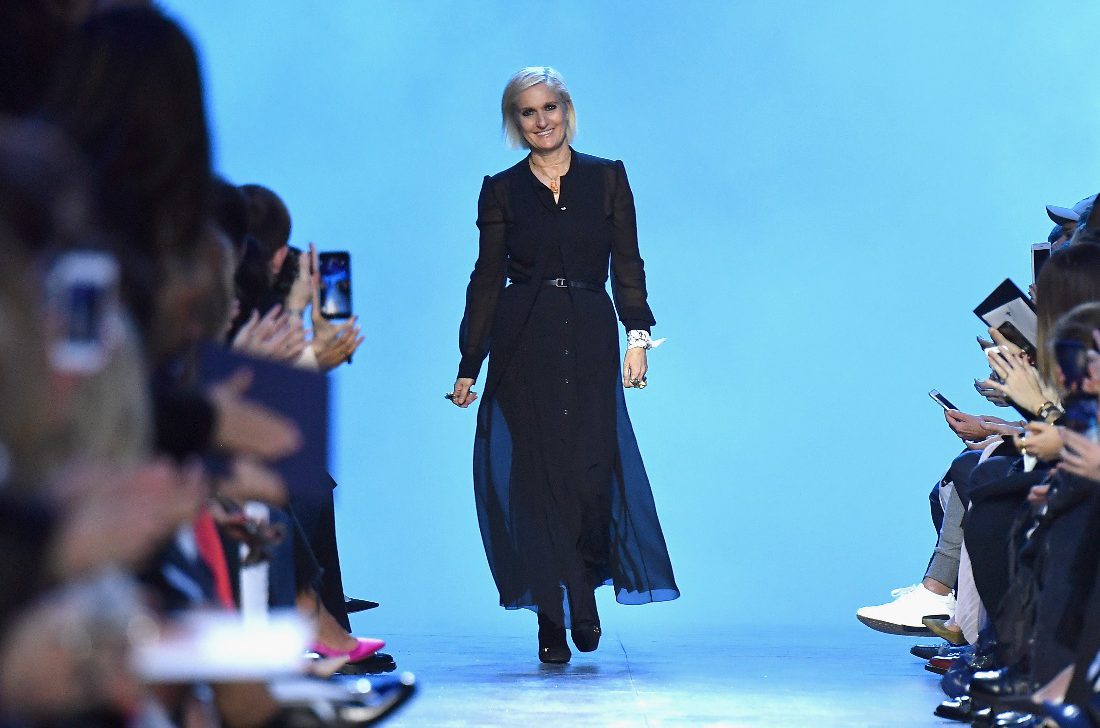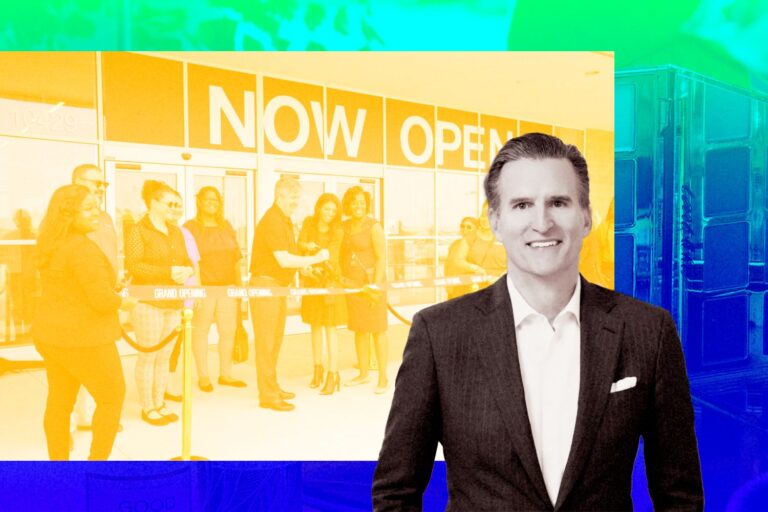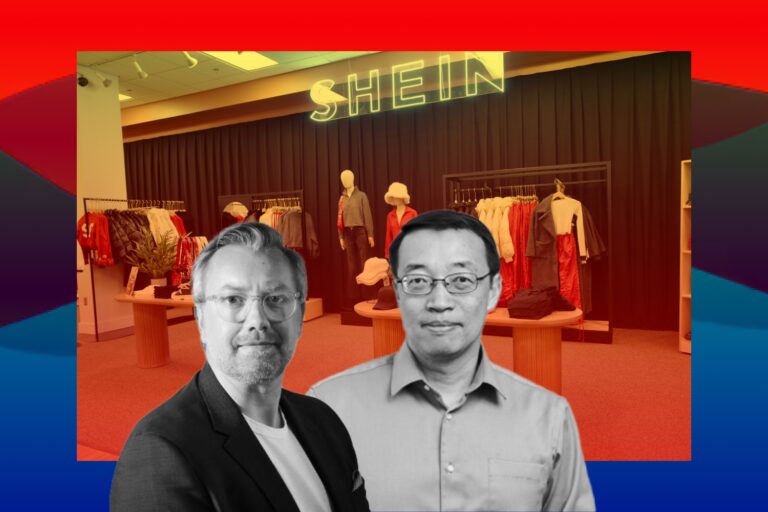Coach’s Fall from Grace to Walk Out as a New American Luxury Holdings
Coach known as an American-based leather goods and accessories company who is providing a variety of merchandize range from handbags, wallets to accessories for men and women, outerwear, scarves, fragrances, etc. Count to this day, the brand is available on five continents in over 1,000 directly operated stores worldwide and many more in collaboration with Coach’s global wholesale and distributor partners.
Track Back to Its First Bag – Coach’s Story
With a rich history, the company was founded in the year 1941 as a family runs workshop in the streets of Manhattan, New York city. After the family business sprung up, around 1979 they had Lew Frankfort to join, who is also a former CEO of the brand. Frankfort himself has transformed Coach from a little-known leather goods manufacturer to a world-renowned name. He is also credited with the emergence of Coach in the 1990s as the most trendy – affordable luxury brand.

In general, its products priced in the $100-$500 range, we could tell Coach is considered a pioneer in the affordable luxury industry. It targets men and women age around 20 to 40, with mid to high levels of disposable income. As noted in a Sontag Solutions client report, “These people often have the financial means with which they can buy a wide variety of products depending upon the consumer’s particular tastes.” Coach believes that its primary appeal to its customers “lies in its original American attitude and design and rich heritage of fine leather goods.”
Coach’s Strategic Fall Explained
For many decades being on trend, Coach finally shows sign of an outdated player. Around 2014, Coach’s shares started to drop along with the North American comparable store sales plunged 21%, marking the fourth straight quarter of declines. The company also reported a 7% decline in third quarter 2014 revenue to $1.1 billion. Even though Coach still has 25% of sales increase in China and Japan, still by the time North American accounts for 59% of its revenues.
And there are two reasons for this unfortunate dip. Partly because of the two young rivals Michael Kors and Kate Spade, yet mainly, the problem comes from its core strategy.
It starts when Coach very publicly decided to go from an aspirational luxury handbag and accessories maker to a “lifestyle” brand selling trinkets that might be more appropriate for a collection from Kim Kardashian than the confident, upwardly mobile female customer that used to shop its stores.

It is not about the company expansion to have more clothes, jewelry, key fobs, perfume, and shoes on it shelves, but the problem is Coach has subtly changed how it viewed itself and how it described its business to the world.
No longer was it “a leading marketer of modern classic American accessories,” but Coach was featuring “modern luxury accessories.” The difference is important. It used to be a brand for the woman striving to arrive; now she is already apparently made it but did so on the cheap. Clearly, it is not just coincidence that Coach’s free fall from grace at precisely the same time these changes took effect.
However, by 2016 the long nightmare is finally over, for the first time since 2013 sales did not fall. Coach’s higher end merchandise, renovated stores, and its closing of weak stores all contributed to this improvement.
As of 2017, Coach has over 900 stores worldwide that are directly operated by themselves, as well as additional boutiques within selective department stores and outlets. Lately, it ends 2019 with a total net sale for $4.27 billion as an increase of 2% on a constant currency basis. And there is a whole story behind this recovery!
Coach Rebranding – “Conglomerates” Is the Key to Escape Downturn, Will It Work?
When an old-oak corporation changes their brand name, you know their strategy has evolved along, but we do not know yet for better or worse in Coach’s case. Even though Coach has seen steady growth in the last few years, as it achieved positive sale growth of 1.5% and 2% in fiscal 2018, fiscal 2019. However, that is just a slight recovery from what it has lost since 2013. Besides, to run a legacy with that low digit, the brand is running out of time.
Seeing this inescapable problem has resulted in the company’s latest acquisitions of Stuart Weitzman and Kate Spade, to form up an American fashion group named Tapestry. Which we are having only two of its kind as of now in the US, including: Tapestry (with Coach, Kate Spade, Stuart Weitzman) and Capri Holdings (with Michael Kors, Versace, and Jimmy Choo).

Explaining the change, Victor Luis, Tapestry’s CEO, told the New York Times, the new name is “A wonderful metaphor for what we believe in, which is individual threads of different colors all working together to create a picture.”
Robin Lewis – Forbes contributor and founder of The Robin Report believes that this path toward forming multi-branded conglomerates is the only possible way for public companies in the retail fashion sector to grow in the current market. “Infinite growth for a mono-brand is impossible” he says.
As Coach’s former CEO Victor Luis took over since 2014, he discussed that though the company laid out its initial vision to grow beyond the Coach brand years ago, only recently has the group found itself in a place where it can move forward. “We are now at a defining moment in our corporate reinvention, having evolved from a mono-brand specialty retailer to a true house of emotional, desirable brands, all leveraging our strong operational foundation,” said Luis.
In fact, the act of acquisition is how the brand and its CEO boot sales. “I think Coach is buying a customers’ list … that helps penetrate a larger audience,” Nomura Instinet analyst Simeon Siegel told on a CNBC interview “It’s buying a status.”
For like in 2015, Coach acquired designer footwear company Stuart Weitzman for as much as $574 million, at a time when handbag sales were particularly weak, and competition was strengthening. These buys are its lifebelts.
Further, experts mentioned that owning multiple brands is a key for giant like Coach to “grow and succeed, even when a brand is missing a trend.” It is why the European luxuries companies, for example, are viewed differently than those in the US, Siegel added.
Along with Tapestry – Coach Is Going for A Different Look and Taste
Coach is going for a different look and taste, but it has been for a while before the appearance of Tapestry. With the taste of creative director Stuart Vevers since 2013, the public might be stunned and showed dissatisfaction at first but with the next generation coming, they seem to like it instead. However, this changing movement is a long story in making!
Rather than jump in with a frenetic everything-at-once arrival, Vevers opted for a measured approach, operating from a baseline belief that each category he would introduce must serve dual purposes: it must come from a place of fashion, and it must be fully serviceable. “We introduced categories gradually,” Vevers says.

Despite the minor movement, Vevers has, not for so long, created a clear fashion identity for Coach, rooted in an underlying urban sensibility infused with bohemian flair. “I had imagined the Coach muse on a road trip, picking up souvenirs along the way,” he says. “But I always imagined them putting their look together in New York City, starting and finishing their journey in New York City. Right now, and you will see in the upcoming show, I am really obsessed with the urgency of New York City itself.”
As Coach focus expanded to reimagining the brand’s network of stores, with a lighter hand. “In some ways, this [Hudson Yards] store is a metaphor for a lot of the changes in the brand, and the new energy in the brand,” Schulman the brand’s president said. “It takes the original architecture that Stuart worked on with Bill Sofield to re-launch the modern luxury iteration of Coach and does it in a lighter, brighter, more transparent, more digital, more interactive way.” One of-the-moment change: a more gender-fluid arrangement of merchandise. Not mention it collaborate with Selena Gomez, an obvious movement to tell the world that Coach is now more “Tapestry” than the old “American classic.”
Along with this concentration long-lasting stores, the company is having a grand time with pop-ups. In the past year, it has done more than 130 iterations globally. Among the more off-beat, recent installations in Tokyo and New York’s SoHo involved different takes on the words “life Coach.”
Besides, in term of digital strategy. While the company does not break out the percentage of business generated from e-commerce and remains very supportive of physical retail as a key part of its strategy, Schulman said that for the 2019 fiscal year, Coach “drove strong digital growth through the e-commerce channel.” Clearly, for Coach, digital means more than just sales through a dot-com. Schulman enthuses over a recent trip to the Oak Brook Mall where one of the company’s sales associates had recently been given the blessing to drive sales through his personal Instagram. As today, beside following the associate, Schulman is also inspired by watching how the social media platform aids him in working with new customers in his market.
A lot has been changed but the birth of Tapestry just made it more vibrant and obvious, could Coach’s new path inspire the new generations? And will it succeed for leaving the vibe that had created the original Coach? We will soon see the answer.
A-Z on How Coach Runs It Business
Beside the current changes, let us find out how the company runs it business from scratch to such an empire today!
Product Lines and Market Share

While its products are expensive, they are still within reach of consumers aspiring to own luxury products, or of people shopping on occasion for costlier branded items. Coach offering luxury goods at an affordable cost. In contrast to Louis Vuitton or Gucci whose handbag often retails for about $1,000 to $2,000. At Coach, they have it ranges between $100 to $500 for one.
The company’s main product array includes luxury accessories, ready-to-wear apparel, watches and jewelry, and other items. Products cater to women and men. However, its products and sales obviously tilt primarily toward women’s products.
Especially, women’s handbags are the company’s mainstay and core product category. These accounted for 55% of revenues, as $2,2 billion in 2019 net sales, and pandemic year 2020 it still got around $1.8 billion, according to its fourth quarter report. Each quarter, the company launches three or four handbag collections, with four to seven styles within each collection.
The size of the North American women’s and men’s bags and accessories market is estimated to be worth over $12 billion. The company estimates it had a combined market share of 23% of the men’s and women’s bags and accessories market in North America, as of fiscal 2014.
Design Team – The Core of a Fashion Brand
The design function is one of the most important of a fashion brand’s operations. At Coach, products are conceptualized by its New York-based design team. The team also directs the design of all Coach products.

Connection between the merchandising, design and sourcing teams is vital to executing design concepts that are logical with the brand’s strategic objectives. While the merchandisers analyze sales fashion trends, and communicate these to the design teams, sourcing teams source materials for products. This helps with formulating designs for the season’s fashion lines. Merchandisers also try to maximize sales across channels by constantly analyzing, editing, adding, and discontinuing products.
Coach’s designers and merchandisers also need to communicate brand direction to licensees as well, so that they will address the target market for which the products are intended.
Supply Chain and Manufacturing
Coach products are manufactured by external producers. These include independent third-party manufacturers and licensees. As of fiscal 2019, Coach products were typically assembled in Vietnam, China, the Philippines.
Outsourcing the manufacturing process is common among footwear and apparel companies. It proves more cost-effective for companies and gives them access to larger and cheaper sources of human capital. Outsourcing also improves speed-to-market for products. However, it also leaves them vulnerable to macroeconomic factors such as currency risk and country risk.
Although the manufacturing process is outsourced, Coach tries to keep a grip on the manufacturing process from design to production. Maintaining cordial and long-standing relationships with suppliers is critical to ensuring that there are no bottlenecks in the manufacturing process.
The company uses a global-sourcing model and maintains control over the sources and quality of raw materials used in production. Leather is a critical input. In brief, it has a leadership position in the women’s premium leather handbags business in North America.
Most importantly, on quality control, Coach rigorously tests manufacturing facilities and conducts periodic quality control checks. It also maintains control over the manufacturing process by operating sourcing offices in key countries and having a management presence in countries where goods are manufactured.
Selling Channels: How It Reach Customers
Coach distributes products through wholesale and direct-to-customer channels. In North America, wholesale channels primarily include shops-within-shops, at major department stores including Macy’s, Nordstrom, and Dillard’s.
Overall, Coach runs its own shops-within-shops. Furnishings and fixtures at these shops-within-shops are owned by the brand. Department stores such as Macy’s also offer Coach’s products through their websites, separately from Coach’s own e-commerce websites. As of 2019, there are about 986 wholesale Coach locations in New York City.
In international markets, the wholesale channel includes sales to other retail customers and distributors in 35 countries.
In fact, Coach’s expansion strategy in international markets involves an initial joint venture or distribution arrangement with local partners. Afterwards, the company focus on buyout its business partner’s shares in order to grow market share more aggressively and maintain control over its brand.
Retail Stores and Factory Outlets
Not only retail stores, but Coach also opens factory outlets in the US and Canada. While retail stores are mainly situated in metropolitan areas and regional malls, factory outlets are located in geographic areas at least 30 miles from major markets.
Coach also owns several flagship stores at highly visible locations in larger cities including New York City, Beverly Hills, San Francisco, Toronto, Tokyo, Shanghai, Hong Kong, and London, among others. These stores stock the full array of Coach products.
The Bottom Lines
Been on the game for decades, as Coach decided to shift toward a bigger operation, it has to face off bigger problems as well. It seems that the only key for success in this movement depend on its ability to inspire the luxury aspirations toward the next generation of consumers. Will the colorful spirit of Tapestry be accepted as a new “luxe”? We cannot tell yet, but consumers walk out of the pandemic they sure won’t be the same!









